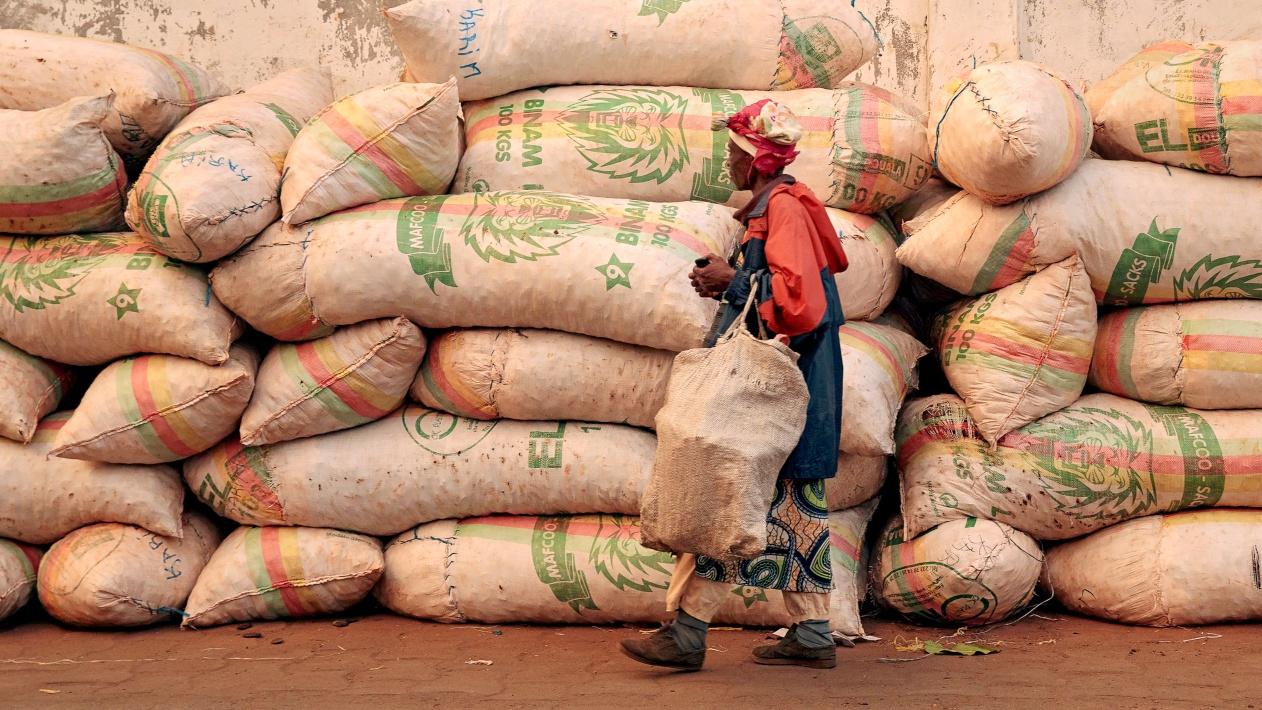Culture and tradition have been blamed for violence against women in Africa. This framing has worked its way into pan-African policy documents. But Karmen Tornius argues this simplistic view ignores other factors and prevents cultures from being used to address violence against women.
In the 1980s transnational advocacy groups for women’s rights mobilised to address violence against women as a global problem at the United Nations. The research that emerged in those years showed that violence often takes place in private and by people close to the victim. Socio-cultural norms became considered as the explanation for this interpersonal violence. This led to a discourse where local cultural norms were seen as incompatible with universal women’s rights and created a ‘culture versus rights’ narrative where one is seen as antagonistic to the other. The view began to take hold that to liberate women, social groups needed to be liberated from their cultures and traditions.
This became particularly problematic when applied to Africa. The dichotomy reduces myriad African cultures into a single entity, one in need of modernisation. It ignored dynamic ideas of gender that have historically existed across Africa and failed to acknowledge the many intersecting causes of gendered violence.
Over time this perspective became embedded in legal and policy documents, including from the Organization of African Unity (OAU) and later the African Union (AU). These documents are part of the current AU gender governance. The language predominantly associates violence against women with harmful traditional practices and ignores the role of institutions, conflict, and the causes of violence against women that exist across cultures.
This framing also ignores the potential role of cultures and traditions in reducing violence against women, and the scapegoating of peoples’ cultures and traditions potentially alienates allies of the women’s rights cause.
Demonised cultures
Blaming ‘culture’ while ignoring other factors has a long imperial history in Africa. ‘Civilising’ discourses produced gendered hierarchies across colonised societies. Organised western religions introduced a moral standard in which women’s roles were defined as domestic, subservient, and modest. Examples of African women in positions of authority were dismissed, ignored, or pathologized by colonial administrators. The science of biological sex was instrumentalised to create ‘natural’ gendered hierarchies where females were assumed to be biologically more inclined to be irrational, weak, submissive, and therefore inferior to men. This was imposed on places where such hierarchies hadn’t existed.
Violence against African women was accepted by colonial authorities with the same sense of superiority that accepted violence towards European women. In the UK in 1895 the city of London forbade wife-battering between 10 pm and 7 am because of the noise and rape was only defined as a sexual assault in the UK in 1956. Yet, it was the non-Western cultures that were seen as violent.
Influencing policy
The culture vs rights perspective became part of African gender policies over time. The participants of African regional meetings in 1985 and 1989 adopted common position papers to take to the UN World Conferences of Women. These documents reflected a dynamic understanding of African ‘cultural systems’. The position papers said that although cultures had been weakened by the colonial experience, they retained the potential to promote equal social, gender, and political relations. Political leaders adopted a definition of ‘culture’ which understood that historical ebbs and flows shape the meaning and role of culture in societies.
Despite this, some political actors used ‘culture’ as an excuse to uphold unequal gender power relations and to shut down debate about the oppression of women on the continent. Gendered violence wasn’t addressed in those regional position papers, although it was also absent from global policy documents of the period. Culture has always been a political issue in the governance of Africa, and the newly independent states had the complex task of balancing the destigmatising of their cultures with the demands of the women’s rights movements.
After the end of the Cold War the OAU/AU’s approach to women’s rights aligned with the global discourse. Since 2003, the dominant explanation of gendered violence offered in AU documents is “socio-cultural norms” while other factors like weak legislative systems, increased regional militarisation, or economic factors are ignored.
One notable exception to this trend was the 2003 Protocol on the African Charter on Human and Peoples’ Rights on the Rights of Women in Africa, known as the Maputo Protocol. The Protocol is a positive example of nuance in articulating the relationship between culture and violence. Without demonising African cultures, the Maputo Protocol holds the socio-cultural factors of gendered violence accountable. It clearly states that the ‘elements in African cultures’ that condemn or perpetuate violence need to be eliminated while avoiding the overarching claims about ‘cultures of violence’. The document criminalises female genital mutilation (FGM), and child marriage. The Protocol addresses ‘harmful practices’ rather than ‘harmful traditional practices’ and identifies women’s right to a positive cultural environment.
The Maputo Protocol is an example of how a nuanced approach to the relationships between ‘culture’ and women’s rights is possible, but unfortunately, that nuance was lost in the policy documents that followed.
Culture as a resource
Presenting gendered violence in Africa as predominantly a cultural problem diminishes the importance of other factors that lead to violence against women. It also ignores the complex histories of ‘culture discourse’ that took place during colonization and decolonization, and risks entrenching the perception of gender equality as a Western agenda. Presenting women’s rights as essentially incompatible with African cultures hardly seems a viable first step towards reducing gender violence.
Cultural systems, traditions and practices can be sources of resistance, social innovation, and solidarity from women. Across Africa, women have held power and authority as formal, spiritual, or household leaders. Women have created traditions and practices to challenge or bypass male authority. This knowledge exists yet is hardly ever mobilized by policymakers or development and human rights practitioners.
Culturally embedded ideas and practices that condone violence against women must continue to be addressed. But this is more nuanced than simply blaming ‘culture’. If there is to be genuine progress, we need to engage with the complexities resulting from the vast array of cultures in Africa. Otherwise, there is a risk of causing alienation and inadvertently contributing to widening the gap between ‘global’ and ‘local’ gender norms.
Photo credit: Rod Waddington used with permission CC BY-SA 2.0





